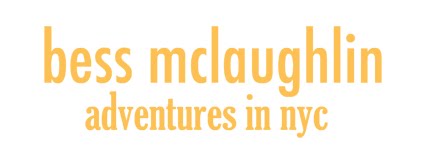I ended up choosing a neighborhood in Staten Island as my first choice because it seemed like the neighborhood where we could make the biggest impact. The Port Richmond community, in Staten Island has so many assets and charm, but there has not yet been a effort to really promote those assets to neighboring communities.
The trip over to Staten Island was absolutely breathtaking. We went early in the morning while the air was still cool. Fun fact: the ferry ride was free, so tons of tourists use it as an opportunity to get an amazing view of the skyline and the Statue of Liberty. After they cross the water, they run to the ferry back to Manhattan!

Picture taken in Port Richmond, next to their park. Children playing in a fire hydrant fountain during a free summer school session.

Then on Saturday, I went with one of my good classmates to the Museum of Modern Art and purchased this wickedly awesome lens from the giftshop!


























